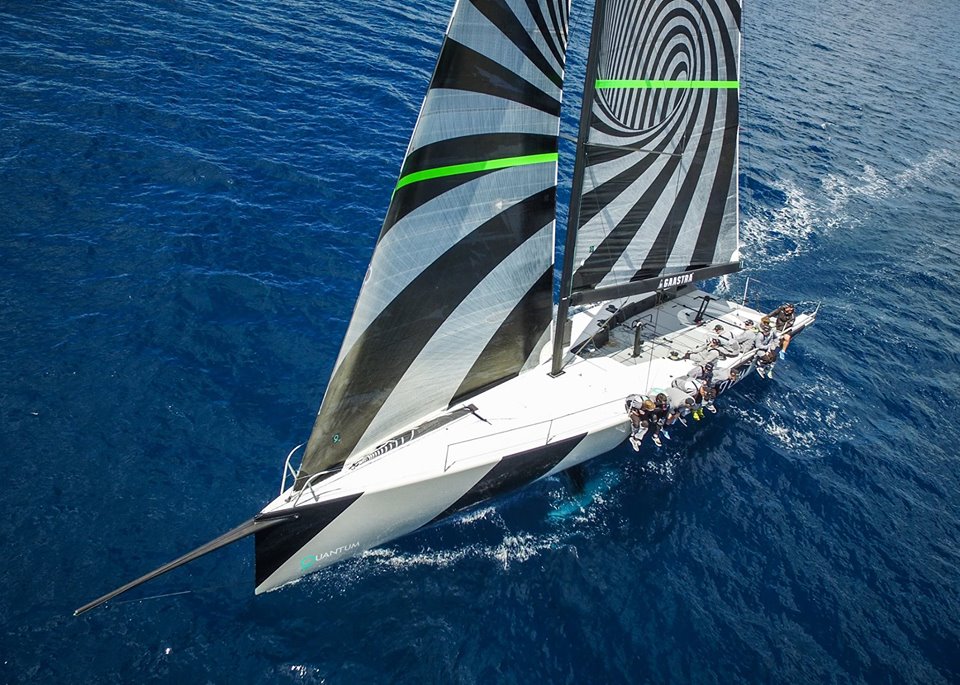
Getting your boat properly balanced upwind is a challenge. The best sailors are always quick to find the fastest set up and get their boat consistently hitting target speeds. Good sailors will find the sweet spot here and there. The best do it in each race, no matter the conditions. It can seem like a dark art, however, there is no secret to getting your boat balanced. The boat will tell you everything you need to know.
To get a rough idea of your boat’s balance, trim to where the sails look good to the eye and let go of the tiller. A boat that turns quickly into the wind is either over trimmed on the mainsail or under trimmed on the jib. Conversely a boat that bears-away quickly is most likely over trimmed on the jib and under trimmed on the mainsail. Ideally you’d like to get the boat to a point where it tracks—i.e. sails straight—and can be driven, or will head up only slightly if you let go of the tiller. This slight amount of weather helm will indicate that you have some positive rudder angle.
When you find that balance, mark your sheets, both main and jib. These marks will provide reference points for the trimmers and helmsman. If you want to set up the boat with a narrow groove, you’ll want more sheet tension and tighter leech on both sails. A wider, more forgiving groove requires a little bit less tension on both sheets.
When you really get this right, the twist profiles of both sails will match. This can be difficult to see from onboard the boat. A chase boat with a camera is invaluable when trying to fine-tune the twist profiles of your upwind sails. If no chase boat is available, look toward the luff of the mainsail. A bubble there is caused by the blow back from the jib. If there is no bubble, chances are the jib is very flat or not trimmed on enough. Conversely a mainsail with a big bubble or one that is breaking up and luffing a lot will mean the lead is too far forward or the jib is trimmed too tightly for the conditions. Too much inhauler, if your boat has one, can also be the culprit. Experiment with the extremes so that you can see the cause and effect of having the jib lead forward or aft.
Once you have found the settings that create a similar twist profile for your main and jib, you want to get into a line up with other boats to check your speed and height. Working from your trim reference points, you can quickly fine-tune the mode by comparing your performance to other boats. In flatter water you should see sails that are trimmed flatter and harder. In chop it’s the opposite: deeper in the bottom and more twist up high to allow the helmsman more flexibility to drive through the waves.
Whenever you find a setting that works for a specific condition, make a note of the placement of your reference marks and of your sail controls—outhaul, Cunningham, boom vang, inhauler, jib car position—so you can repeat it when you see those conditions again, or when you get to the leeward mark and have to go upwind again. Finding the sweet spot for any combination of wind and waves is the hard part, repeating it should be easy.
No matter what, the basic principle still stands: Let the helm go and see which direction the boat wants to go. The boat will always tell you what you need to know.









